Data Ingestion is the process of obtaining, importing, and processing data for later use or storage in a database. This can be achieved manually, or automatically using a combination of software and hardware tools designed specifically for this task.
Data can come from many different sources, and in many different formats—from structured databases to unstructured documents. These sources might include external data like social media feeds, internal data like logs or reports, or even real-time data feeds from IoT (Internet of Things) devices. The sheer variety of data sources and formats is what makes data ingestion such a complex process.
References
-
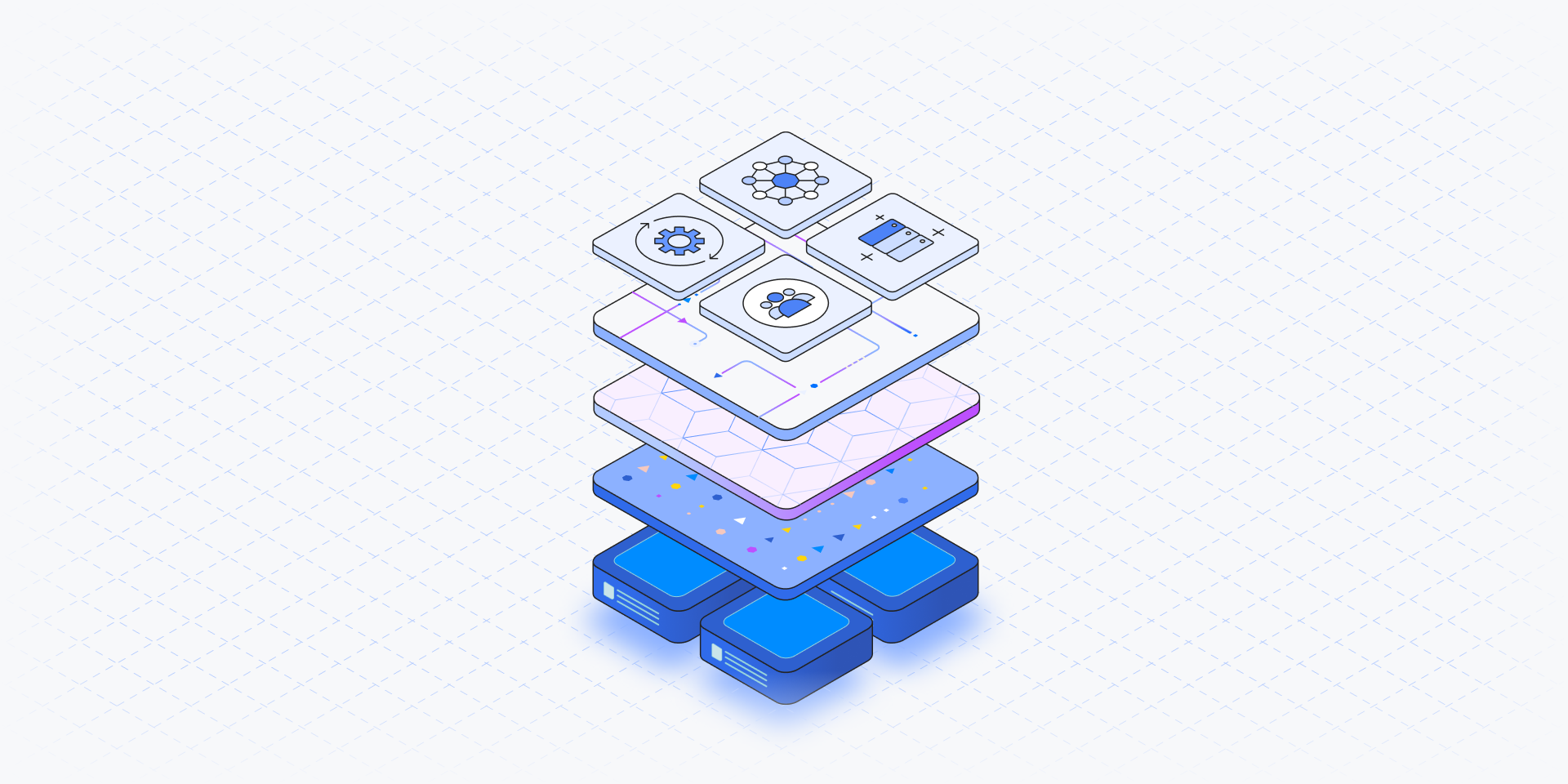 Learn what data ingestion is, its processes and the different types. Also, understand the key benefits and challenges of the data ingestion process.🔗fivetran.com
Learn what data ingestion is, its processes and the different types. Also, understand the key benefits and challenges of the data ingestion process.🔗fivetran.com -
 Data ingestion is the process of obtaining, importing, and processing data for later use or storage in a database. This can be achieved...🔗IBM Blog
Data ingestion is the process of obtaining, importing, and processing data for later use or storage in a database. This can be achieved...🔗IBM Blog -
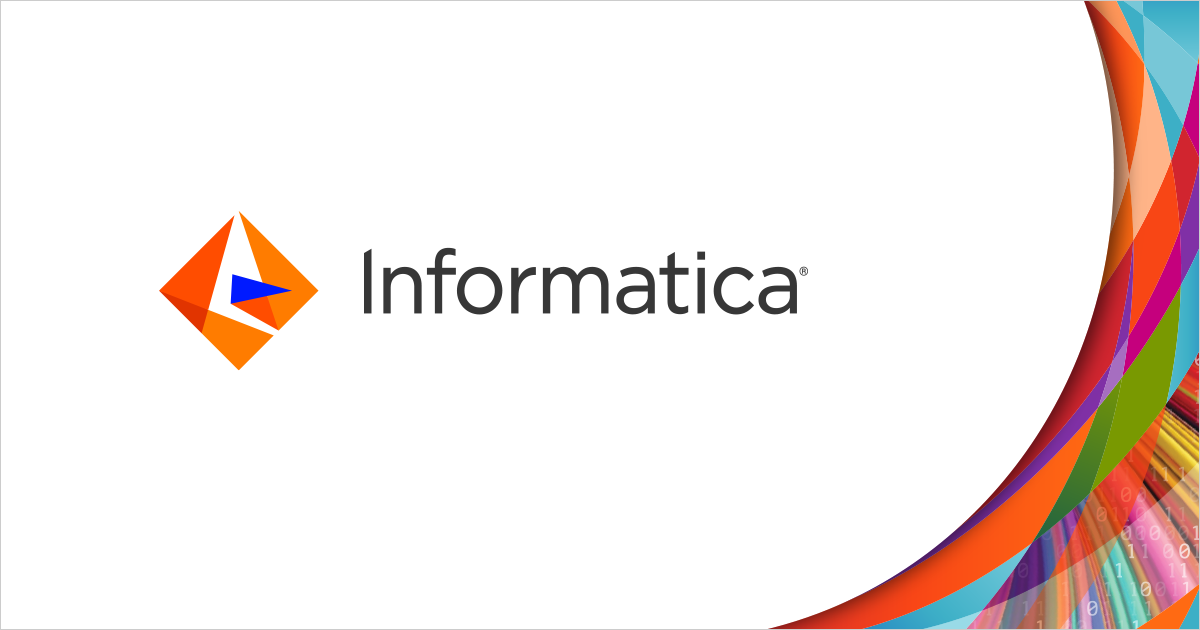 Data ingestion is the process used to move and replicate data from various sources to a landing zone. Ingested data is often used for business intelligence and advanced analytics.🔗Informatica
Data ingestion is the process used to move and replicate data from various sources to a landing zone. Ingested data is often used for business intelligence and advanced analytics.🔗Informatica -
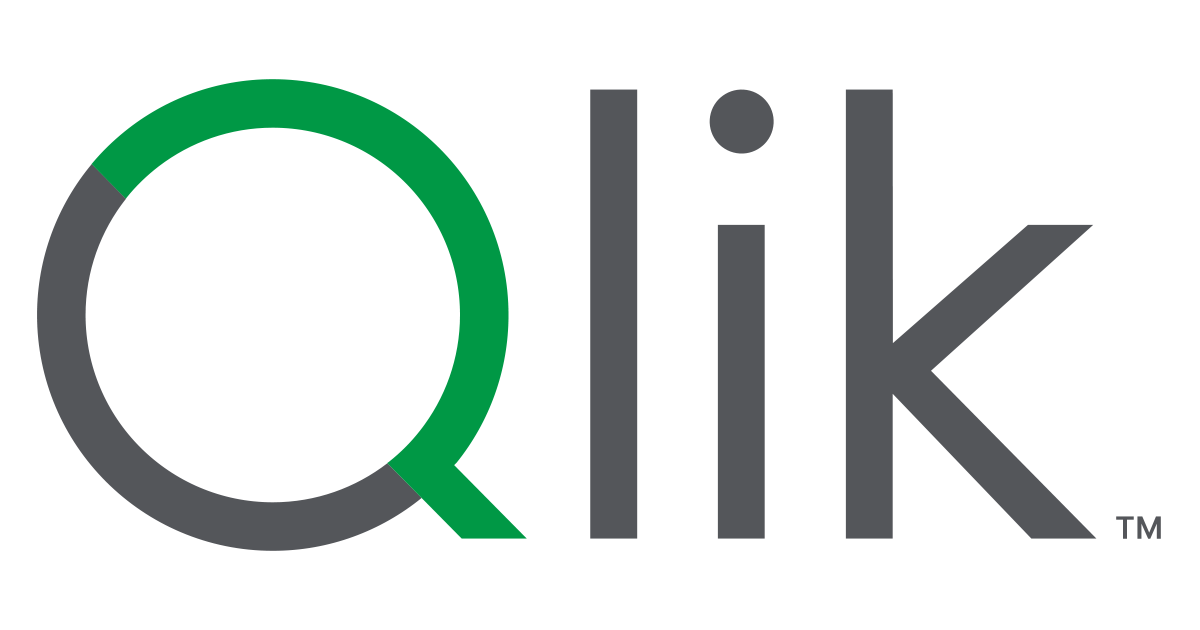 Data ingestion refers to the tools and processes used to collect data from various sources and move it to a target site, either in batches or in real-time.🔗Qlik
Data ingestion refers to the tools and processes used to collect data from various sources and move it to a target site, either in batches or in real-time.🔗Qlik -
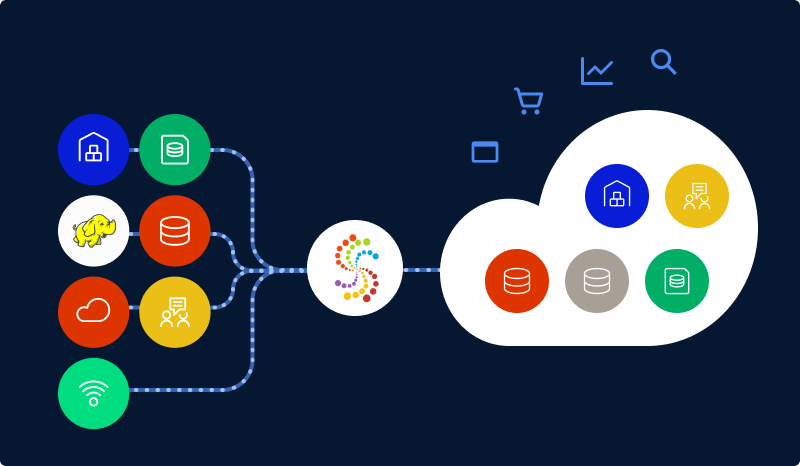 Data ingestion is the process of transporting data from one or more sources to a target site for further processing and analysis.🔗Striim
Data ingestion is the process of transporting data from one or more sources to a target site for further processing and analysis.🔗Striim -
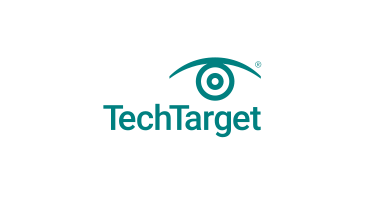 Data ingestion can aggregate data from multiple sources. Learn how businesses use it and how it differs from the extract, transform and load (ETL) process.🔗WhatIs
Data ingestion can aggregate data from multiple sources. Learn how businesses use it and how it differs from the extract, transform and load (ETL) process.🔗WhatIs

 Ingestion
Ingestion